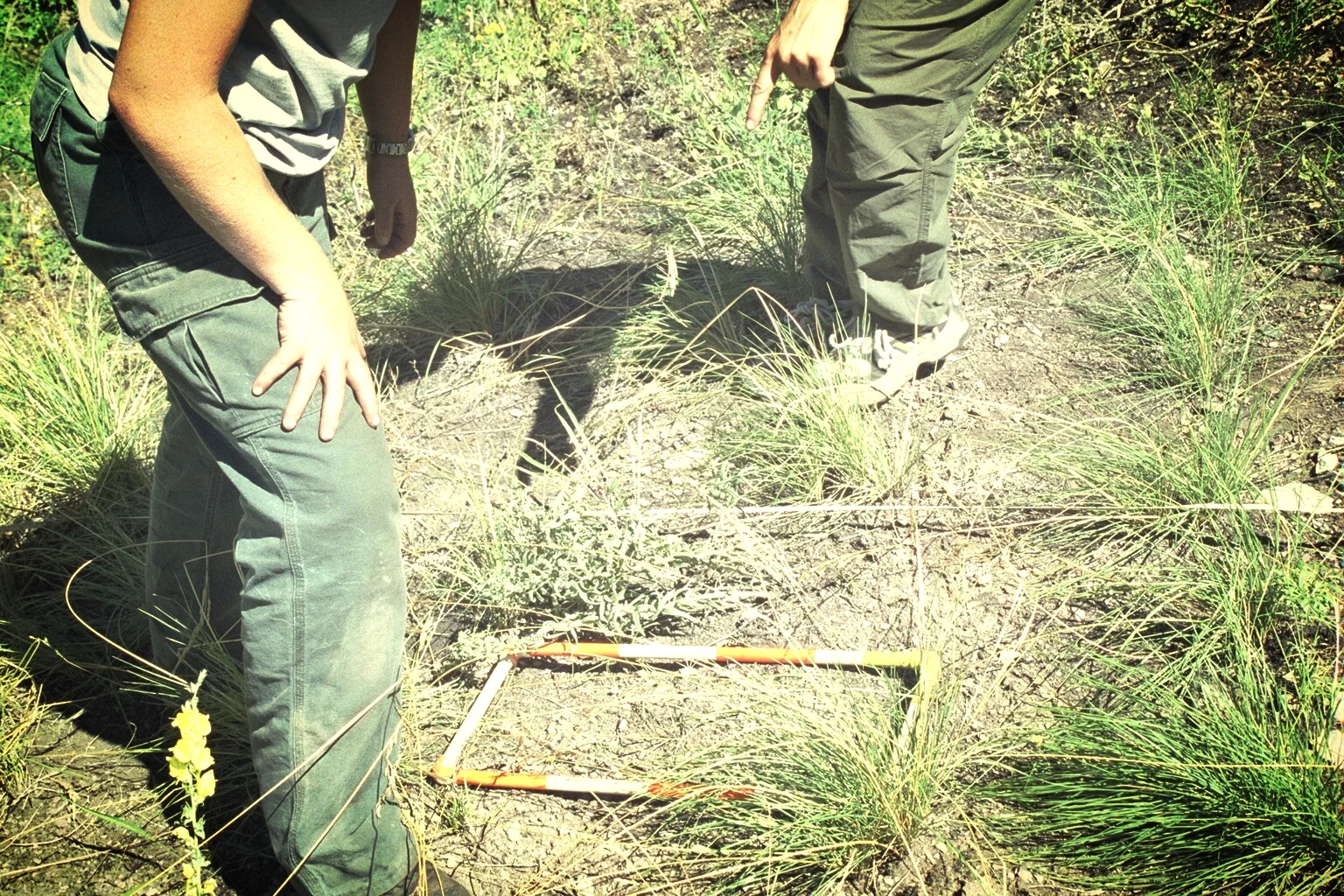Assessment is the process of gathering and evaluating information in a way that facilitates decision making. Through methods such as mapping, inventory/survey, and monitoring, assessments provide a more accurate picture of problems and solutions associated with plant invasions so that land managers are better equipped to implement effective management strategies.
Inventory
Current inventory of size and locations of weed populations is important for developing management priorities. By comparing inventories, land managers are able to measure and monitor management effectiveness in reducing weed populations and spread. SRHP aims to maintain an accurate assessment of the extent and locations of invasive plant infestations to facilitate planning, develop effective strategies, and ensure efficient use of resources.
MONITORING
Monitoring can be used to demonstrate where management actions (e.g., control treatments) are effectively and successfully meeting invasive plant management objectives, and to more quickly detect and modify actions that are ineffective.
SRHP uses annual weed treatment records, landowner and river recreationist observations, and permanent photo points to measure changes in invasive plant population over time. The establishment success of biological control agents and their impacts on invasive plant populations are monitored using quantitative scientific methods.
Research
One of our goals is to facilitate implementation of best management practices that will reduce weed populations to a manageable level on adjacent range and wildlands along the river corridor. Research is still needed to help understand the impacts of invasive plants and developing the best management practices for a variety of situations and environments. We work with agencies and universities to develop research opportunities and contribute to the knowledge base for best management practices.










